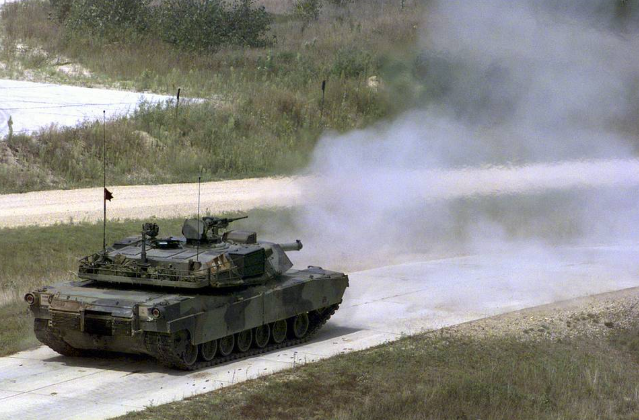
July 12, 1943, dawned with three words broadcast over Soviet radios “Steel, Steel, Steel.” With those words, the coded order of General Pavel Rotmistrov launched a mere 500 tanks into one of the most unequal armored battles in history. Within 24 hours, Prokhorovka would become a Soviet legend and cautionary tale the true cost, buried for decades under propaganda, finally came out when the archives opened hundreds of Soviet tanks burned, thousands of crewmen killed, while German losses were far lighter than claimed.
That battle was part of Operation Citadel, the German offensive at Kursk, where the Wehrmacht’s southern spearhead, the II SS Panzer Corps clashed with Soviet reserves in a collision intended to determine the fate of the Eastern Front. The Prokhorovka lessons are not relics they echo today in Ukraine, as Russian armored assaults collide with a well-prepared defense and suffer catastrophic losses. The parallels are striking, and the tactical truths are timeless.
Drawing upon battle records, modern military analysis, and newly uncovered archival data, here are ten hard lessons from Prokhorovka and Kursk that remain deadly relevant in 2025.

1. Massed Armor Without Combined Arms Is Suicide
The Soviet tank corps that attacked at Prokhorovka without synchronized infantry, artillery, and air support, relying on speed to close with German Tigers, suffered the predictable result 359 Soviet tanks lost in one day, with possible irretrievable German losses as low as five. Modern doctrine emphasizes the combined-arms breach, which integrates suppression, obscuration, and coordinated maneuver. Ukraine’s 2023 counteroffensive underlined a reality even NATO-trained units falter when armor advances alone against layered defenses.
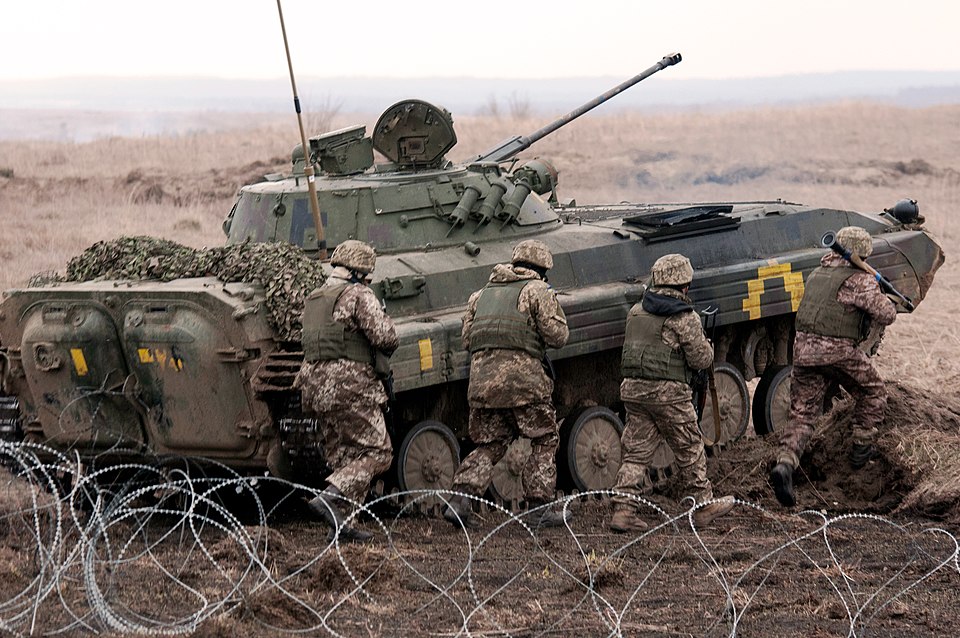
2. Prepared Defenses Multiply Casualties
There were some 943,000 mines, anti-tank strongpoints, and several belts of trenches constructed in the Kursk salient. The German panzers did manage to force some lines open through engineers, smoke, and dive bombers, but Soviet defenses canalized attacks into killing zones. In Ukraine today, Russian forces face deep obstacle belts-dragons’ teeth, mine fields, and antiarmor positions-akin to those at Kursk, at loss ratios of 3-to-1 or worse against the attackers.

3. Superior Optics and Gunnery Decide Engagements
With superior optics and disciplined fire control, German crews destroyed T-34s in 1943 beyond the 1,500 meter range. Tigers and the long-barreled Panzer IVs dominated the open terrain. Today, thermal sights, stabilized guns, and precision munitions enable similar overmatch against defenders when their attackers expose them without cover or suppression.
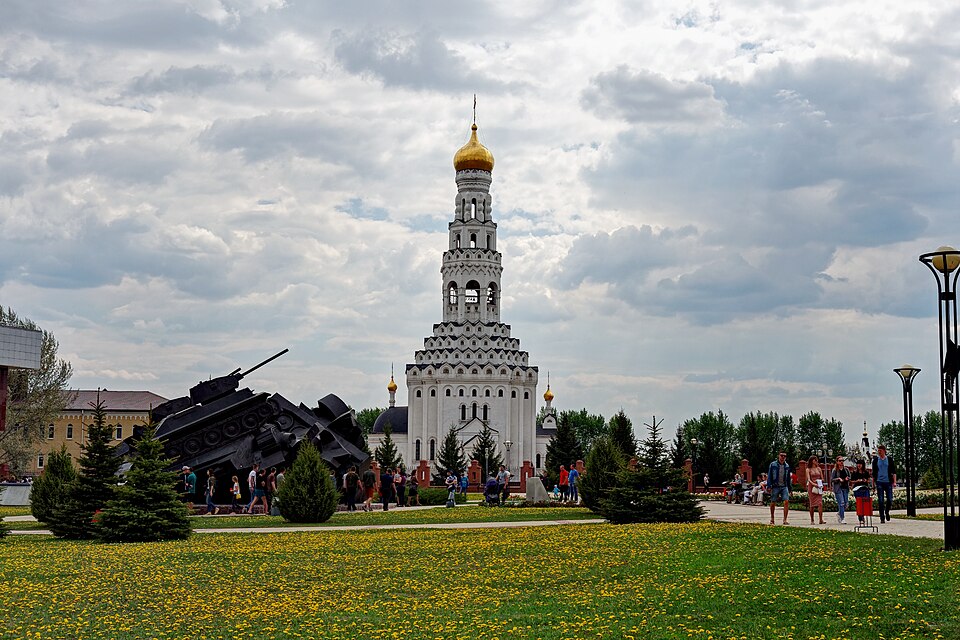
4. Intelligence failures doom breaches
Soviet commanders at Prokhorovka underestimated German positions Ukrainian forces in 2023 misjudged minefield depth and composition. Lieutenant Colonel Oleksandr Sak admitted, “We passed enemy positions and encountered more mines where we thought there were none anymore.” Detailed reconnaissance using UAS, ground-penetrating radar, and multiple collection methods is necessary prior to committing the breach forces.
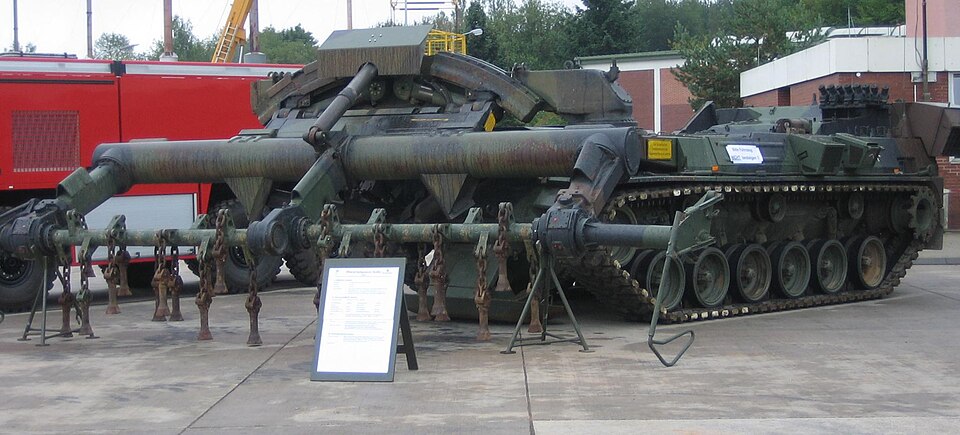
5. Engineer Support Is the Lifeline of Armor
At Kursk the German engineers went forward with the tanks, clearing mines under smoke and suppression. Without the engineers the armor did not move. In the Ukraine, breach forces were immobilized and equipment destroyed due to insufficient engineer assets and mismatched vehicle mobility. Breach forces must be weighted properly with both mechanical and explosive reduction tools to maintain momentum.
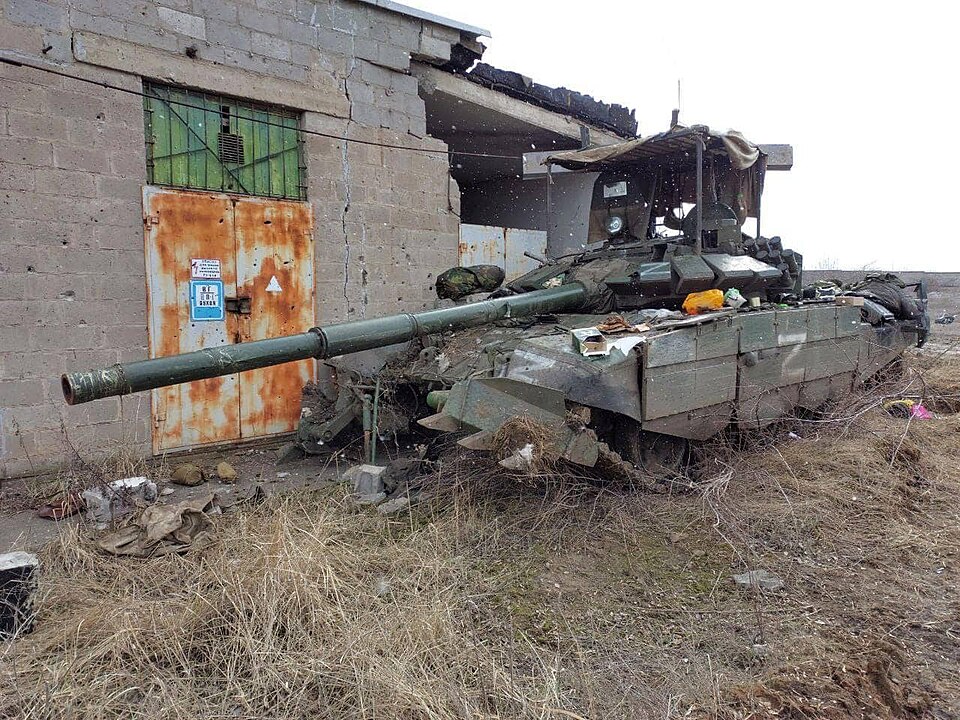
6. Loss Ratios Can Break Operational Capability
Records indicate that at Prokhorovka, destroyed armor was exchanged on a 10 to 1 ratio. Indeed, Soviet willingness to incur such losses ultimately wore down German strength, but in a modern limited war, such a ratio cripples the attacker’s campaign. The verified loss for Russia of 3,740 tanks since 2022 shows how attrition erodes offensive potential.
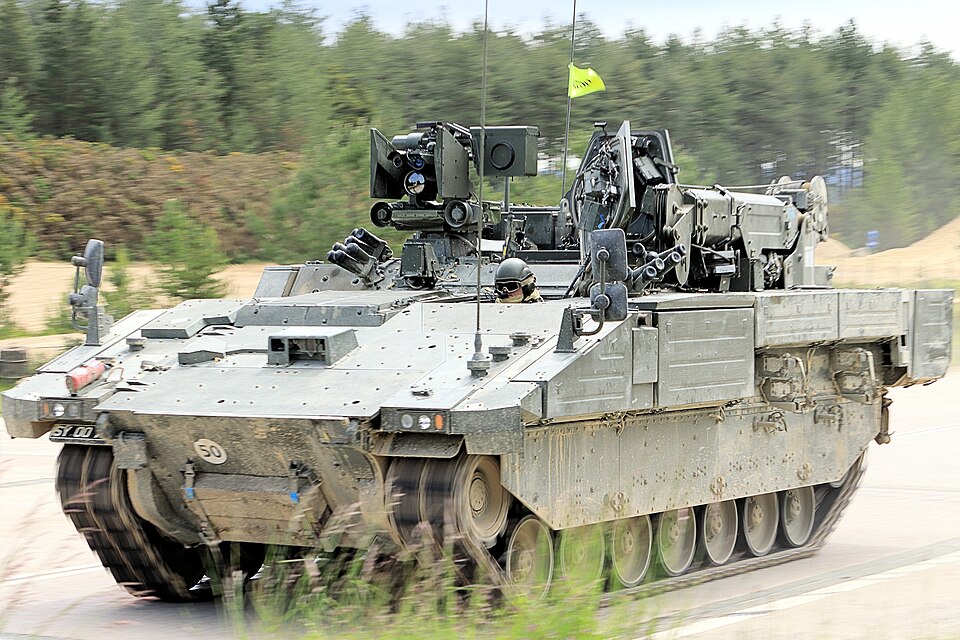
7. Tactical Myths Distort Strategic Lessons
For decades, Soviet accounts inflated German losses to justify the carnage. Newly found inventories of II SS Panzer Corps AFVs reveal only 3.1 percent of their total AFVs were destroyed between July 11-20, 1943. Myths lead to misapplied doctrine accurate battle damage assessment is essential in learning the right lessons.

8. Strategic Reserves Decide Campaign Outcomes
Even after committing the 5th Guards Tank Army, the Soviets had four infantry armies, three cavalry corps and almost 950 tanks in reserve. Such depth allowed them to halt Citadel regardless of the local defeats. In Ukraine, husband reserves to exploit breakthroughs or seal up defensive gaps became decisive in the management of reserves for both sides.

9. Attrition Warfare Rewards Industrial Capacity
Kursk showed that even a losing side could absorb heavy casualties if it was producing much more than its opponent. The Soviets replaced hundreds of destroyed tanks within weeks. Modern parallels are striking Russia can keep pressing attacks despite high loss rates because it can mobilize replacements; Ukraine relies on sustained Western supply to match the attrition.
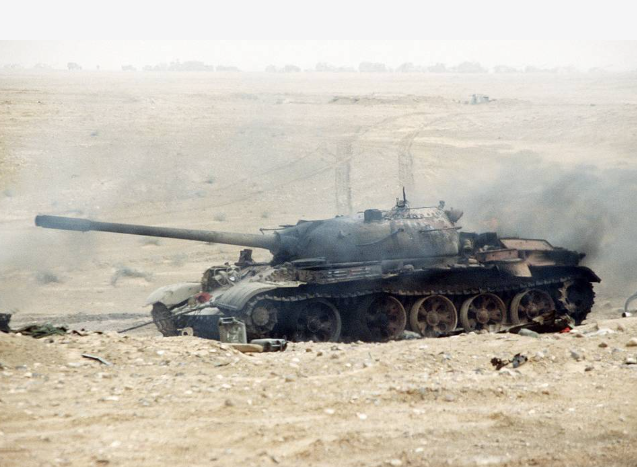
10. Courage Cannot Replace Adaptation
Rotmistrov’s tankers charged into point-blank fire with bravery that could not overcome flawed tactics. In Ukraine today, that same fatal pattern has emerged in repeated frontal assaults. History warns that only adaptation-integrating combined arms, precise intelligence, and agile maneuver-can promise survival in high-intensity armored warfare. The reality of Prokhorovka is harsher than the legend courage and mass cannot overcome prepared defenses, superior firepower, or bad planning.
The archival truth strips away the myth, leaving behind tactical and operational lessons which are still lethal to those who would ignore them. In 2025, as armored columns burn on Ukrainian fields, the ghosts of Kursk remind commanders that only those who adapt endure others are consigned to history, alongside the wreckage of their machines.

